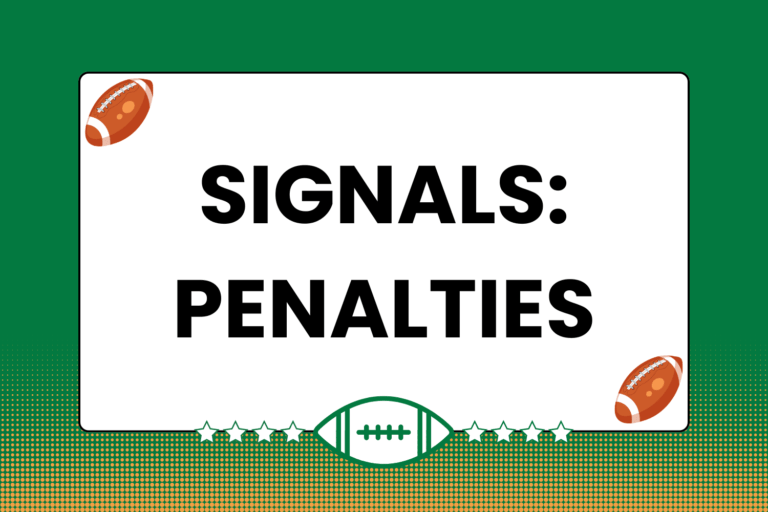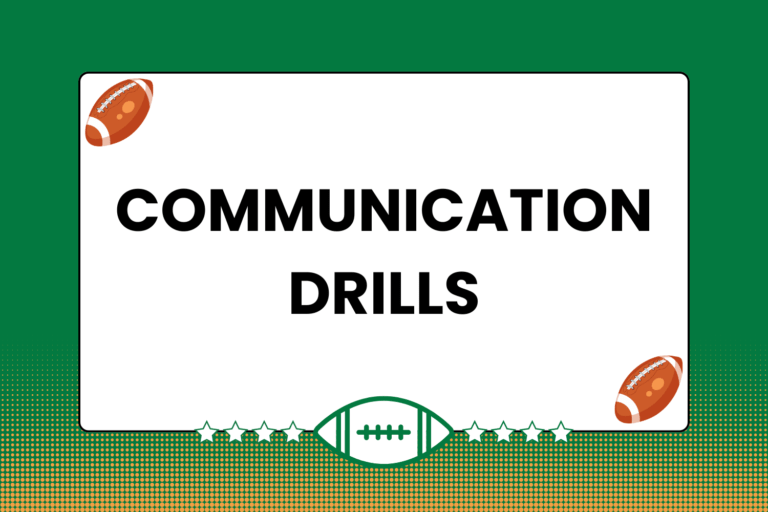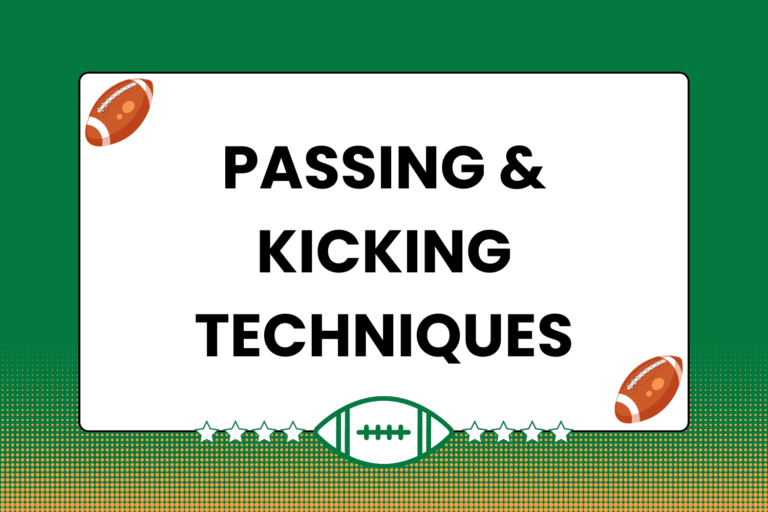Rugby is an inherently physical game. Though new rules have been introduced in recent years to help reduce the amount of serious injuries, nothing will ever make rugby completely safe. Not surprisingly, the game’s well-deserved reputation as an aggressive sport draws many people to rugby in the first place. However, there are a few items that players can use to stay healthy on the pitch. This guide identifies and describes a few of the more commonly used pieces of protective gear.
The Scrum Cap
Although not mandatory, scrum caps are among the most commonly used accessories in the game. Essentially a cloth helmet that covers the entire head but leaves the face uncovered, the cap is usually riddled with small pockets of relatively soft material. Though each manufacturer designs their scrum caps differently, they must all adhere to the IRB regulations, which stipulate:
- “A player may wear headgear…provided that no part is thicker than 1 centimeter when uncompressed and no part … has a density of more than 45 kilograms per cubic metre.”
These cloth caps must be thin and consist of a compressible material. As a result, they provide almost no protection against concussions, but are quite useful for preventing cuts and abrasions to the head.
Forwards tend to wear caps because they constantly get dinged up in scrums, rucks, and mauls, leaving them with cuts and scratches to the head. However, many backs also use a scrum cap to prevent head injuries — which tend to bleed heavily — because no player who’s bleeding, or has blood on their uniform, is allowed to play.
Mental Edge
Any sort of protective gear sold in retail stores must first be approved by the International Rugby Board (IRB). Unless you’re thinking about making some protective gear yourself, don’t worry about the legality of using something from a sporting goods store — it’s safe.
Shoulder Pads
Shoulder pads are used more frequently than scrum caps, making them the most popular type of protective gear.
The regulation for shoulder pads stipulates that only the shoulders and collar bone may be covered by the pads. However, all the different styles and brands of shoulder pads must abide by the IRB’s regulations with regard to the type and density of the materials used, just like scrum caps:
- They must be made of soft, thin materials.
- No part of the pads may be thicker than 1 centimeter.
- No part of the pads may have a density of more than 45 kilograms per cubic metre.
The technical term for shoulder pads is “vest,” though designs range from a long-sleeved shirt to an actual sleeveless vest. Regardless of the different designs, all of the actual pad portions must be completely covered by the jersey.
Mental Edge
An addendum to the IRB’s shoulder pads regulation allows pads designed for female players to also cover the chest area as well.
Additional Protective Gear
While the scrum cap and shoulder pad vest are the two most popular types of protective gear, there are several other items allowed in the game today:
- Mitts: While gloves are illegal in rugby, mitts are permitted. The difference? Finger coverings. Players may wear mitts so long as they’re made of a soft, flexible material, stop at the wrist, and don’t cover the fingers past the last joint. They’re used for much the same reason that scrum caps are: To prevent cuts and abrasions.
- Shin Guards: Unlike soccer shin guards, which are made of hard, molded plastic, shin guards in rugby are fabric. They’re good for protecting against cuts and bruises, but only to a limited degree.
- Compression clothes: While compression garments don’t directly protect against injury, many ruggers (and athletes in other sports as well) claim they reduce the risk of muscle-related injuries. Some studies do support this argument, but the benefits of compression clothes have not yet been acknowledged by the medical community at large.
Of these three pieces of protective gear, compression clothes are the most popular. If nothing else, they’re helpful for staying warm in inclimate weather.
Safety First
Again, there is no sure-fire way to stay completely safe when playing rugby. It’s a rough game, and the physicality comes with the territory. The best way to increase your odds at a long and healthy playing career is by learning the proper techniques for contact situations. However, using the gear outlined in this guide will also help you stay healthy.





